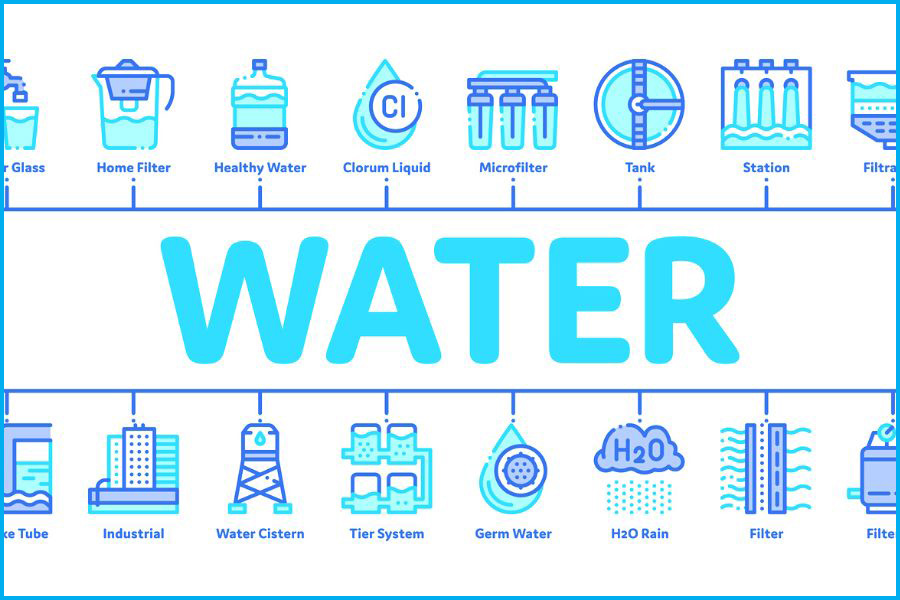Innovative Tariff Model: Dutch Utilities Experiment With Solar-Powered Price Reductions

Table of Contents
How the Innovative Tariff Model Works
This innovative tariff model uses real-time data to dynamically adjust electricity prices based on solar power generation. The system works by constantly monitoring the amount of solar energy entering the grid. As solar generation increases, so does the supply of renewable energy, leading to a reduction in electricity prices for consumers. Conversely, when solar generation is low (e.g., at night or on cloudy days), prices may slightly increase to reflect the greater reliance on traditional energy sources.
- Real-time monitoring of solar power generation: Sophisticated sensors and smart grid technology continuously track solar energy output across the network.
- Algorithmic price adjustments based on solar output: A complex algorithm processes this data, calculating the optimal price adjustments based on pre-defined parameters and real-time supply and demand.
- Transparent communication of price fluctuations to consumers: Consumers are kept informed about price changes through clear and accessible communication channels, such as mobile apps or online portals. This transparency is crucial for building consumer trust and understanding.
- Potential integration with smart meters for personalized pricing: Future iterations of the system could integrate with smart meters, enabling personalized pricing based on individual consumption patterns and solar energy availability in specific areas.
The technology behind this system relies heavily on advanced smart grid infrastructure and sophisticated data analytics. Companies like Enexis and Stedin, operating in different regions of the Netherlands, are actively involved in piloting and refining these innovative tariff models. Their efforts provide valuable data and insights into the practical implementation and scalability of this approach.
Benefits for Consumers
For consumers, participation in this innovative tariff model translates to several key advantages:
- Lower electricity bills during peak solar generation: When the sun shines brightly, and solar power production is high, consumers see direct reductions in their electricity bills, making renewable energy more affordable and accessible.
- Incentives for increased solar adoption: The system incentivizes the adoption of rooftop solar panels and other distributed generation technologies, contributing to a decentralized and more resilient energy system.
- Greater transparency and control over energy costs: Consumers gain greater visibility into the factors affecting their electricity prices, fostering a better understanding of energy consumption and promoting responsible energy use.
- Contribution to a more sustainable energy future: By actively participating in this program, consumers contribute to the reduction of carbon emissions and the transition to a greener energy future.
Potential cost savings vary depending on individual consumption patterns and solar energy availability. However, preliminary data from pilot programs suggest that consumers can achieve significant savings, particularly during periods of high solar irradiance. While there might be slightly higher prices during periods of low solar generation, the overall cost savings often outweigh these minor increases.
Environmental Impact and Sustainability
The environmental benefits of this innovative approach to electricity pricing are substantial:
- Increased demand for renewable energy sources: The dynamic pricing model incentivizes increased use of solar power, driving further investments in renewable energy infrastructure and accelerating the energy transition.
- Reduced reliance on fossil fuels: By promoting solar energy consumption, the model reduces dependence on fossil fuels, lowering greenhouse gas emissions.
- Lower carbon emissions: Studies show that widespread adoption of this model could significantly lower carbon emissions across the Netherlands, contributing to national and international climate goals.
- Promotion of sustainable energy practices: This innovative pricing structure promotes sustainable energy practices among consumers and encourages them to adopt energy-efficient measures.
Quantifying the exact environmental impact requires ongoing monitoring and data analysis. However, early assessments suggest substantial reductions in CO2 emissions, potentially exceeding several tons per year across participating households. This demonstrates the model's significant contribution towards a more sustainable energy future.
Challenges and Future Outlook for the Innovative Tariff Model
Despite its significant potential, this innovative tariff model faces several challenges:
- Intermittency of solar power generation: Solar energy is intermittent and dependent on weather conditions. Managing price fluctuations caused by variations in solar output is a key technical and logistical challenge.
- Grid infrastructure limitations: Existing grid infrastructure might require upgrades to accommodate the dynamic nature of this pricing model and handle the influx of renewable energy.
- Consumer education and acceptance: Successful implementation requires effective consumer education to ensure understanding and acceptance of the dynamic pricing structure.
- Regulatory hurdles: Regulatory frameworks need to be adapted to accommodate this innovative approach to electricity pricing and ensure fair competition.
Addressing these challenges requires collaboration between utilities, regulators, and technology providers. Potential solutions include optimizing grid management, developing sophisticated forecasting models for solar energy generation, and implementing robust communication strategies to educate consumers. The future outlook for this model is promising, with potential for expansion to other countries and integration with other renewable energy sources, such as wind power.
Conclusion
The Dutch utilities' experiment with solar-powered price reductions represents a significant step towards a more sustainable and affordable energy future. This innovative tariff model offers compelling benefits for both consumers and the environment, incentivizing renewable energy adoption and reducing reliance on fossil fuels. While challenges remain, the potential for widespread adoption and adaptation is substantial. This innovative approach showcases the power of dynamic pricing in driving the energy transition and offers a valuable blueprint for other countries seeking to promote renewable energy and reduce their carbon footprint.
Call to Action: Learn more about innovative tariff models and how you can contribute to the transition to sustainable energy. Explore opportunities to participate in similar programs in your region and embrace the future of renewable energy pricing. Discover how this innovative tariff model can benefit you and your community.

Featured Posts
-
 Au Roeulx Eneco Lance Le Plus Grand Projet De Stockage D Energie De Belgique
May 04, 2025
Au Roeulx Eneco Lance Le Plus Grand Projet De Stockage D Energie De Belgique
May 04, 2025 -
 Cocaines Global Surge Examining The Potency And Narco Sub Connection
May 04, 2025
Cocaines Global Surge Examining The Potency And Narco Sub Connection
May 04, 2025 -
 Darjeeling Tea Production Growing Concerns
May 04, 2025
Darjeeling Tea Production Growing Concerns
May 04, 2025 -
 Weather Alert Kolkata Temperatures To Rise Above 30 Degrees Celsius In March
May 04, 2025
Weather Alert Kolkata Temperatures To Rise Above 30 Degrees Celsius In March
May 04, 2025 -
 Narco Subs And Enhanced Cocaine Understanding The Drivers Of Global Increase
May 04, 2025
Narco Subs And Enhanced Cocaine Understanding The Drivers Of Global Increase
May 04, 2025
Latest Posts
-
 Ufc 314 Ppv Changes And Implications Of Prates Vs Neal Bout Cancellation
May 04, 2025
Ufc 314 Ppv Changes And Implications Of Prates Vs Neal Bout Cancellation
May 04, 2025 -
 Ufc 314 Major Ppv Card Alterations Following Prates Neal Cancellation
May 04, 2025
Ufc 314 Major Ppv Card Alterations Following Prates Neal Cancellation
May 04, 2025 -
 Ufc 314 Ppv Card Changes Prates Vs Neal Fight Cancelled
May 04, 2025
Ufc 314 Ppv Card Changes Prates Vs Neal Fight Cancelled
May 04, 2025 -
 Volkanovski Vs Lopes Ufc 314 A Comprehensive Look At The Winners And Losers
May 04, 2025
Volkanovski Vs Lopes Ufc 314 A Comprehensive Look At The Winners And Losers
May 04, 2025 -
 Ufc 314 Volkanovski Lopes Headliner And Complete Fight Card Analysis
May 04, 2025
Ufc 314 Volkanovski Lopes Headliner And Complete Fight Card Analysis
May 04, 2025
